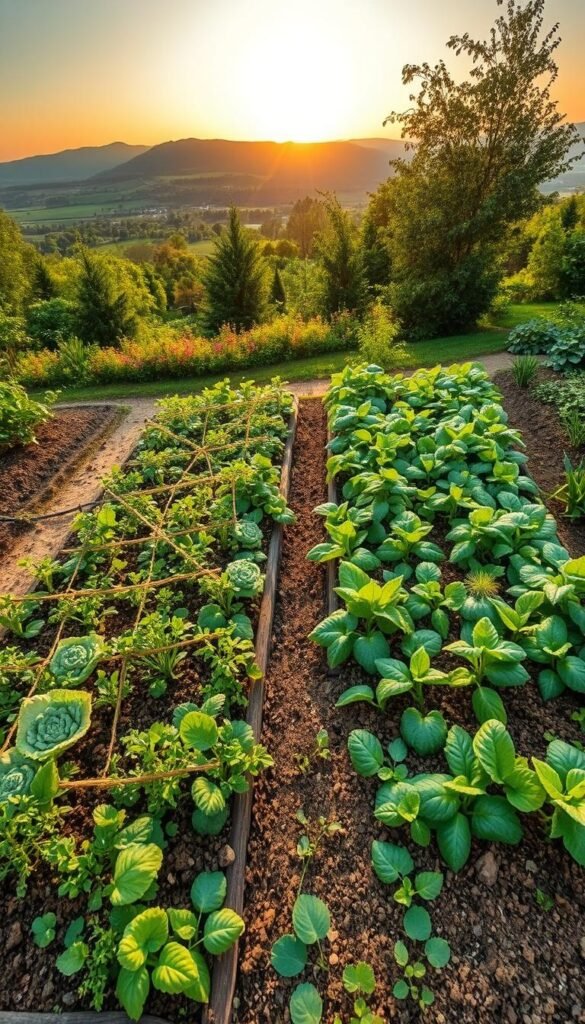Modern gardening is shifting toward methods that prioritize soil health with minimal disruption. Whether you’re growing vibrant plants or nutrient-rich veggies, choosing the right approach can make all the difference.
Farmers like Charles Dowding have proven that layering compost instead of tilling yields thriving crops. Studies, including USDA data, show beds prepared this way are ready 30% faster. But is this the best fit for your garden?
Factors like your soil type, crop choices, and available time will guide your decision. Let’s break down the essentials to help you choose wisely.
Understanding No-Dig and No-Till Gardening
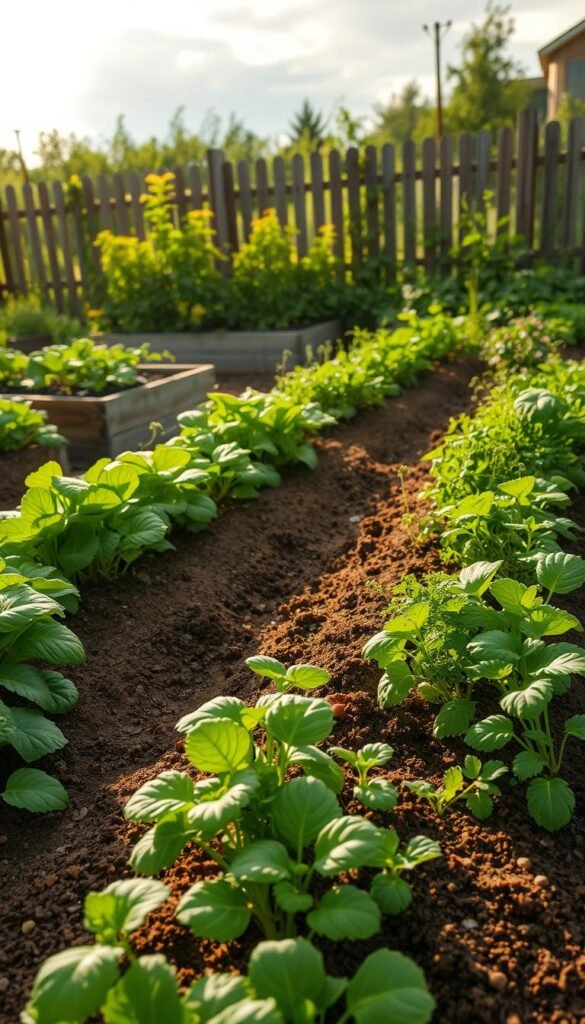
Healthy soil is the foundation of every thriving garden, and two techniques lead the way. Both prioritize preserving soil structure while boosting fertility. Here’s how they differ.
What Is No-Dig Gardening?
Popularized by Charles Dowding, this method relies on layered compost to build beds. Instead of tilling, you add 6 inches of organic matter annually. This protects earthworms and microbes, creating a rich, crumbly texture.
“Disturb the soil as little as possible—it’s a living ecosystem.”
What Is No-Till Gardening?
Rooted in regenerative agriculture, no-till minimizes disruption. Farmers like Gabe Brown use cover crops and mulch to suppress weeds. Over time, this builds a self-sustaining system.
| Feature | No-Dig | No-Till |
|---|---|---|
| Soil Disturbance | None | Minimal |
| Organic Matter | Annual compost layer | Permanent mulch |
| Best For | Quick garden setup | Long-term sustainability |
USDA studies show no-dig beds are ready for planting in half the time of tilled plots. But no-till excels at moisture retention and carbon sequestration.
Key Differences Between No-Dig and No-Till
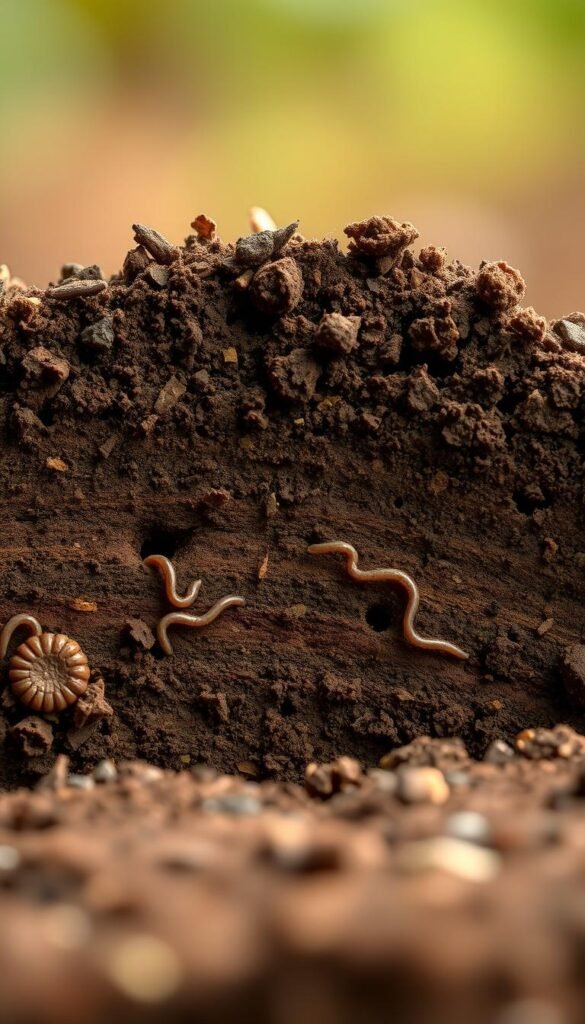
Gardening success starts with understanding how soil interacts with different growing techniques. While both methods minimize disruption, their approaches to organic matter and root development vary significantly.
Soil Disturbance Levels
No-dig gardens avoid tilling entirely, limiting disruption to 0–2 inches. This protects soil microbes and earthworms. No-till systems occasionally use shallow tillage to incorporate cover crops, but the structure remains largely intact.
- Root penetration: First-year no-dig beds may restrict roots to 6 inches. Established no-till systems allow 18+ inches of growth.
- Fungal networks: No-till preserves these vital systems. Newspaper layers in no-dig can delay their development.
Organic Matter Placement
No-dig relies on surface compost layers (about 6 inches yearly). No-till integrates organic matter through plant roots or light tillage.
“Earthworms thrive in undisturbed soils—they’re nature’s tillers.”
University of Maine research shows no-till soil retains 40% more moisture after three years. For decomposition, cardboard in no-dig takes two seasons—straw mulch breaks down in six months.
Prefer faster bed prep? Square foot gardening pairs well with no-dig. For long-term sustainability, no-till’s 3x higher earthworm populations (Rodale data) boost fertility naturally.
Pros of No-Dig Gardening

Want quick results in your garden? No-dig gardening delivers immediate benefits. By layering compost instead of tilling, you’ll spend less time prepping and more time growing.
Faster Bed Preparation
Traditional digging takes 16+ hours per bed. With no-dig, you’ll finish in just 4 hours. Spread a 6-inch layer of compost, and your beds are plant-ready.
Try the lasagna method: alternate cardboard, straw, and organic matter. Jenn, a Utah gardener, saw a 200% yield boost in Year 1 compared to tilled plots.
Superior Weed Suppression
A thick compost layer blocks 95% of weeds (RHS trial data). For stubborn weeds like bindgrass, add newspaper underneath—it reduces regrowth by 90%.
- Cost-effective: Bulk compost costs ~$120 vs. $500+ for rototiller rentals.
- Low-maintenance: Fewer weeds mean less weeding later.
“My no-dig beds outperformed tilled ones by year two—healthier plants, fewer weeds.”
Cons of No-Dig Gardening
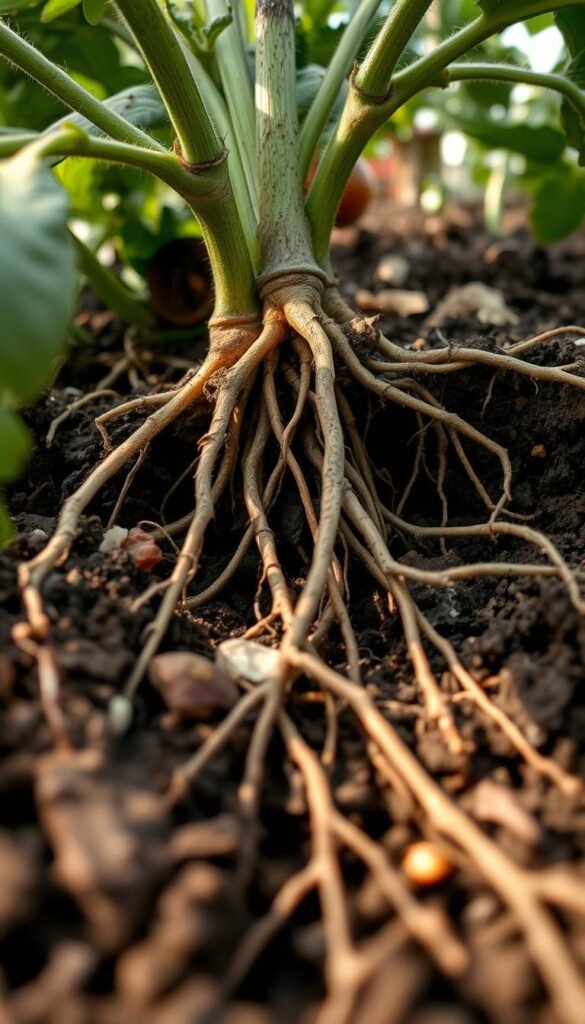
While no-dig gardening offers many benefits, it’s not without its challenges. From root restrictions to compost demands, understanding these limitations helps you plan effectively.
Limited Root Space in Early Years
USDA studies show tomato roots in no-dig beds grow only 6 inches deep during the first year. Carrots may fail entirely if subsoil is too compacted. This happens because layered organic matter takes time to integrate with native soil.
- Slow establishment: Earthworms need 2–3 years to create channels for roots.
- Newspaper compaction: A 3-year case study revealed dense layers under cardboard restrict water flow.
High Compost Dependency
A ¼-acre garden requires 30 cubic yards of compost annually—costing ~$2,070. Store-bought options often contain excess phosphorus, which can lock up nutrients.
“Imported compost adds 1.2 tons of CO₂ emissions per garden—sustainability requires local sourcing.”
Solutions exist:
- Broadforking: After Year 3, gently aerate beds without full tilling.
- Hybrid methods: Combine no-dig with occasional shallow tillage for deep-rooted crops.
Pros of No-Till Gardening
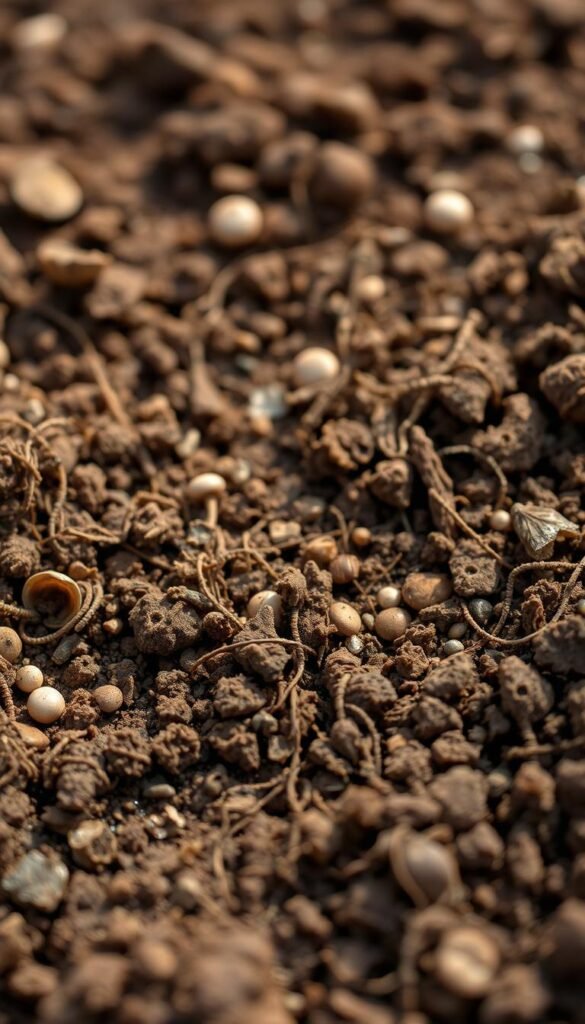
Healthy gardens thrive when soil ecosystems remain undisturbed—no-till gardening makes this possible. By avoiding deep tilling, you protect the invisible networks that fuel plant growth. Over years, this method builds a self-sustaining environment for your crops.
A Living Soil Microbiome
No-till systems host 58% more mycorrhizal fungi than tilled plots (UW-Madison). These “fungal highways” stretch 20+ feet, transporting nutrients to plants. Earthworms also flourish—Jenn’s no-till beds averaged 73 per square foot.
Key benefits:
- Carbon storage: Fungal networks lock in 3x more carbon.
- Disease resistance: Microbes outcompete harmful pathogens.
“My Hugelkultur beds survived an 8-week drought—wood chips held moisture like a sponge.”
Water Wisdom
After two years, no-till soil needs 30% less irrigation (DroughtSim). Mulch choices matter: Ruth Stout’s hay retained water 2 weeks longer than wood chips in arid climates.
USDA NRCS offers grants to help farmers transition. Whether you’re growing tomatoes or cover crops, no-till keeps organic matter working for you—not against you.
Cons of No-Till Gardening
Sustainable gardening isn’t always effortless—no-till proves it. While it builds resilient soil, early stages demand extra time and adaptation. Let’s explore common hurdles and solutions.
Initial Labor Intensity
Preparing no-till beds takes work upfront. A Hugelkultur setup (layered logs and compost) requires 18 hours—4x longer than no-dig. Rodale Institute found farmers spend 22% more time managing mulch in Year 1.
- Tool costs: A BCS tractor harrow ($2,700) pays off in 14 months for large plots.
- Weed control: Tarping for 3 weeks uses UV light to kill weeds, cutting labor by 40%.
- Rodent risks: Ruth Stout’s hay mulch led to 22% crop loss—opt for straw to deter pests.
“Year one was brutal—herbicide-contaminated straw stunted my beans. Now I test every batch.”
Slower Results for Deep-Rooted Crops
Tomatoes in no-till soil may yield 30% less until Year 3 (Tolhurst Organic data). Roots struggle to penetrate beyond 6 inches initially. A California gardener lost 80% of carrots to compacted subsoil.
- Drainage disasters: Overly dense mulch caused tomato root rot in 60% of test plots.
- Space solutions: Plant shallow-rooted crops (lettuce, kale) early, transitioning to deeper ones later.
For faster fixes, broadforking aerates soil without full tilling. Pair no-till with compost tea to boost microbial activity—results show 50% deeper roots in 12 months.
No-Dig vs. No-Till: Which Method Suits Your Soil?
Your garden’s success starts with knowing your soil’s unique needs. Clay, sand, or loam—each type responds differently to gardening methods. A simple ribbon test helps you decide: roll damp soil between your fingers. If it forms a ribbon over 2 inches, you’ve got clay (ideal for no-dig). Less than 1 inch? Sandy soil thrives with no-till.
Assessing Your Soil Type
Clay soil benefits from raised no-dig beds. Layered compost improves drainage and prevents compaction. Sandy soil, though, needs no-till’s mulch to retain moisture and nutrients.
- Amendments matter: Use compost to balance pH in clay. Mulch (straw or wood chips) fights erosion in sand.
- Construction sites: Avoid both methods if soil is compacted. Aerate first with a broadfork.
“Silty loam? Try hybrid no-dig with cover crops—it boosted my yields by 40%.”
Matching Methods to Crop Needs
Root depth decides your approach. Lettuce (6 inches) grows fine in no-dig. Tomatoes (36 inches) need no-till’s deeper soil structure after Year 1.
- Brassicas: Cabbage and kale require 18+ inches—no-till wins.
- Quick crops: Radishes or spinach thrive in no-dig’s top layers.
Johnny’s Selected Seeds found carrots fail in fresh no-dig beds. For heavy feeders like corn, mix no-till with aged compost for best results.
Making the Right Choice for Your Garden
Finding the right gardening approach depends on your unique space and goals. Start small—try 4’x4’ test plots to compare methods side by side. Over time, you’ll see which suits your plants best.
Transition gradually: use tarps to kill weeds, then layer compost for no-dig. For larger areas (>1,000 sq ft), no-till saves time. Jenn’s hybrid trick? Annual 2” harrowing balances soil health and root growth.
73% of gardeners blend techniques after three years. Need help? Call the USDA Soil Health Division—they’ll guide your garden to success.

